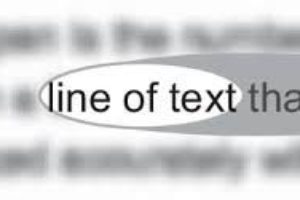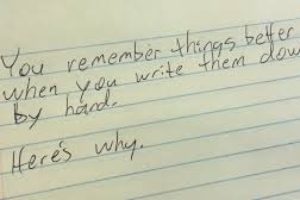We have been discussing over the past few weeks the relation between vision and attention. Vision is much more than eyesight. Vision has often been said to involve three processes: Low-level (surface color, orientation), High-level (knowing object types and how they appear visually; e.g. eggs are usually brown or white and roughly ovoid). Mid-level combines the two: combining what is present with details about location, size and time. Change blindness is a term used to describe the inability to detect large changes in a visual display. If you look at two side by side images with no space between that are changing dramatically, the changes are immediately obvious. But if a blank field is inserted between the two images, even if for the time it takes to blink, it can take many repetitions of the two figures before the change is detected, even if the change is large and you are actively looking for it. In some tests, over 40 repetitions of the change to an image had to be repeated before the viewers could identify what had changed. Such “blindness” among those of us who have no other difficulties with our vision makes the difficulties experienced by those who have had traumatic events that disrupt their vision or difficulties with attiention easier to grasp. We should not be surprised that reading, walking, driving, and thought processing can be affected as a result of trauma or developmental delays.The impact this change blindness has on how we relate to the world can be understood as how we manage the information our eyes receive. Scientists may agree on how information enters our visual system, but they are still working on how our brains distinguish between colliding responses to multiple inputs, and how we turn the photons entering our eyes into the visual life we experience daily. Does the information you just read make you wonder how it applies to your child’s ability to “pay attention”? Any anomaly in vision certainly affects your student’s learning. In the case of change blindness that might mean confusion doing math problems, difficulty absorbing history facts, and hesitance when “cold reading” aloud in the clasroom. Let us help! We’re here to mitigate these difficulties for your student. Who could ask for more?
About admin
This author hasn't written their bio yet.
admin has contributed 10 entries to our website, so far.View entries by admin
You also might be interested in
Primitive Reflexes: a primer A baby’s development in utero includes[...]
Let’s take a look at active vision Have you ever[...]
taking notes LONGHAND should make a comeback. Here’s why… You’re[...]




